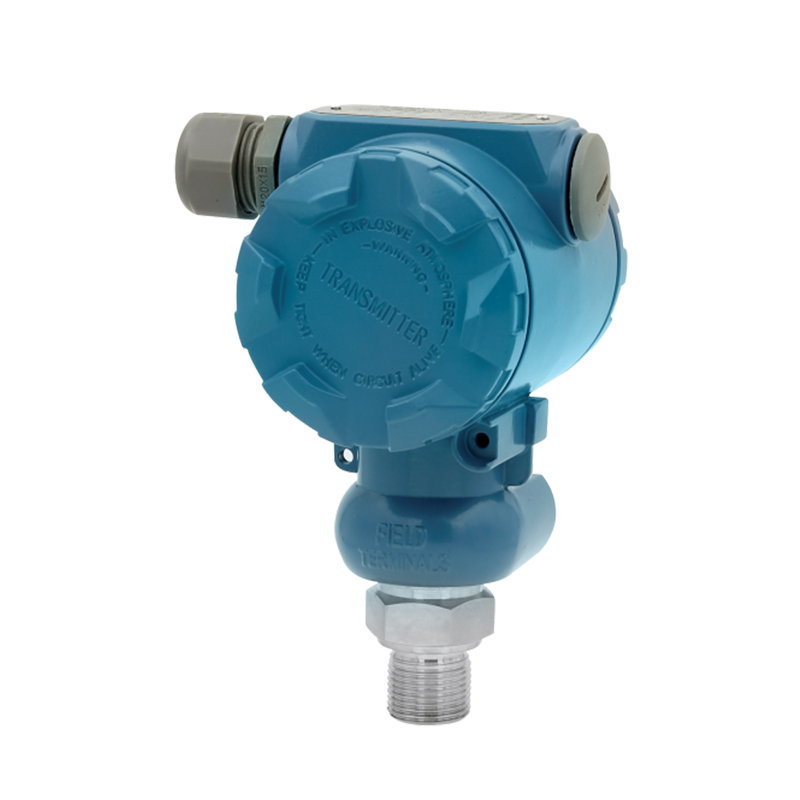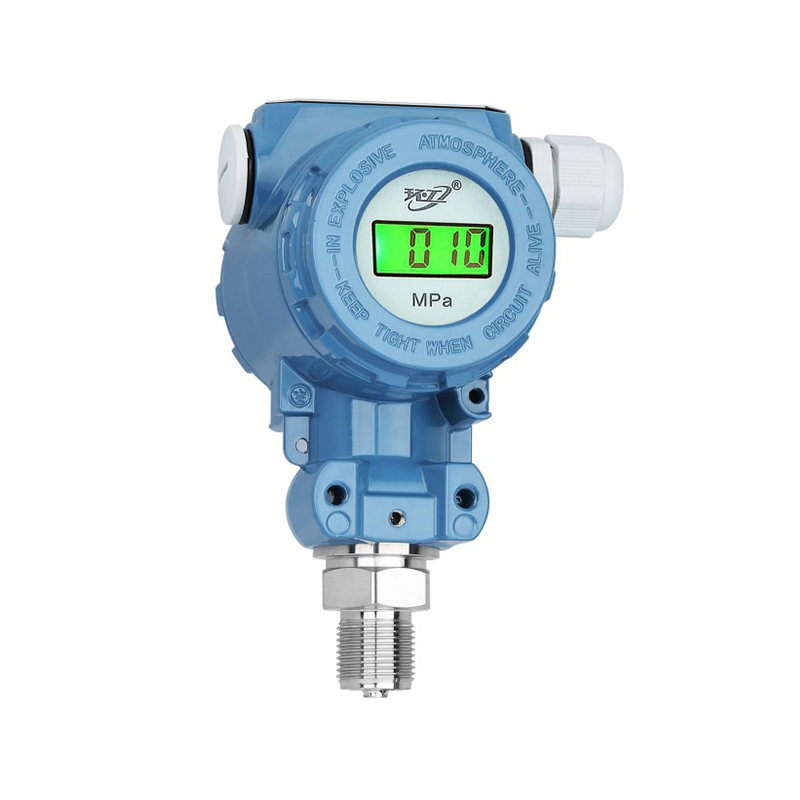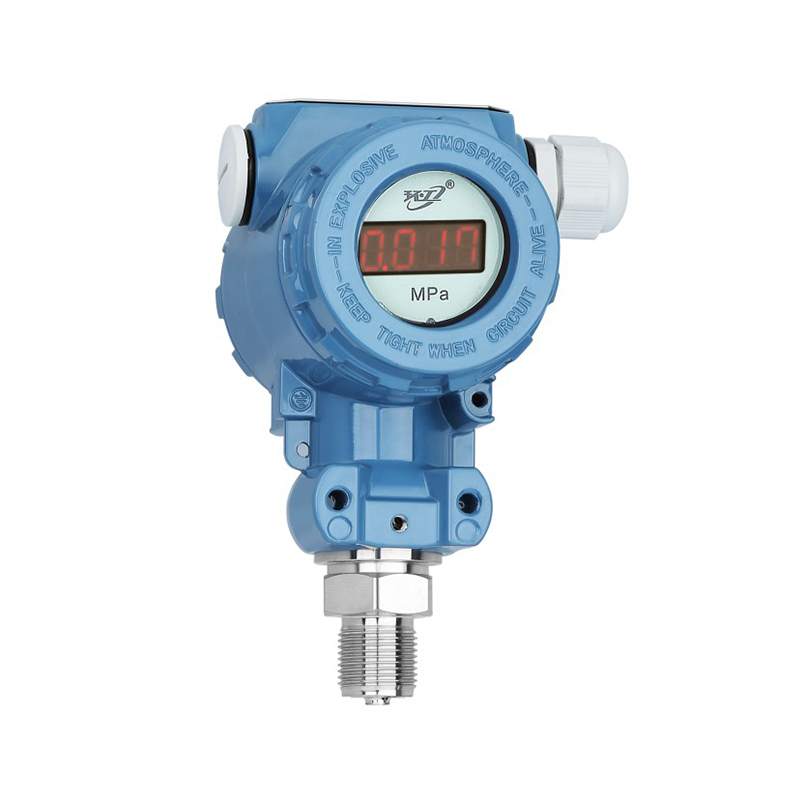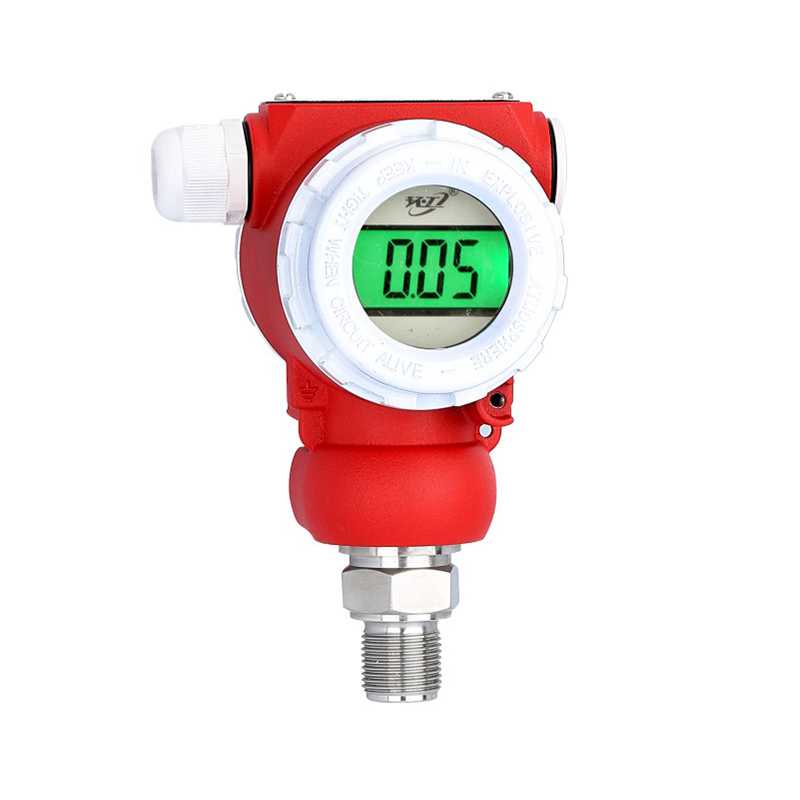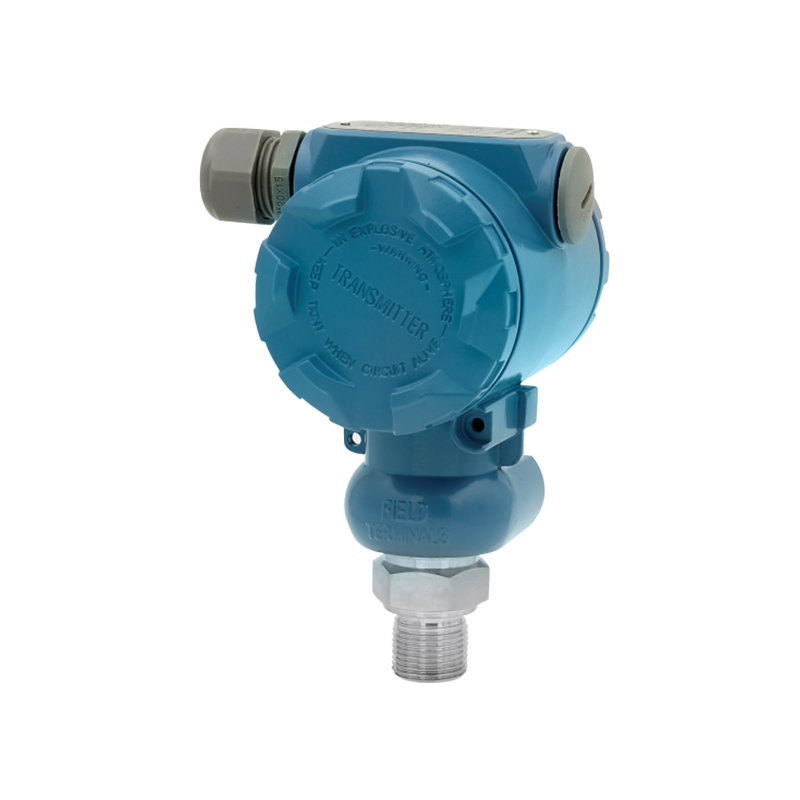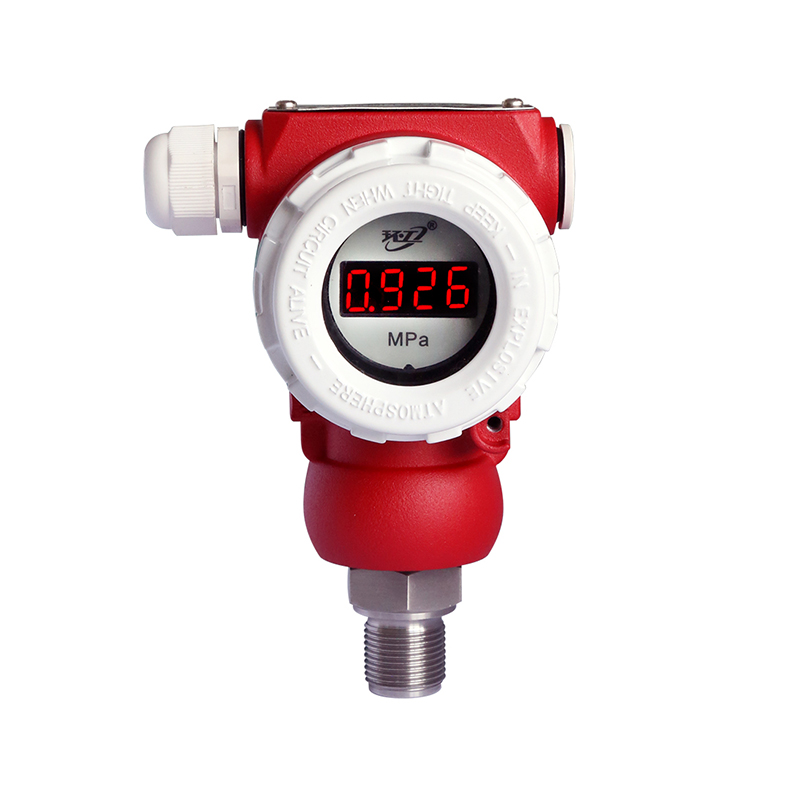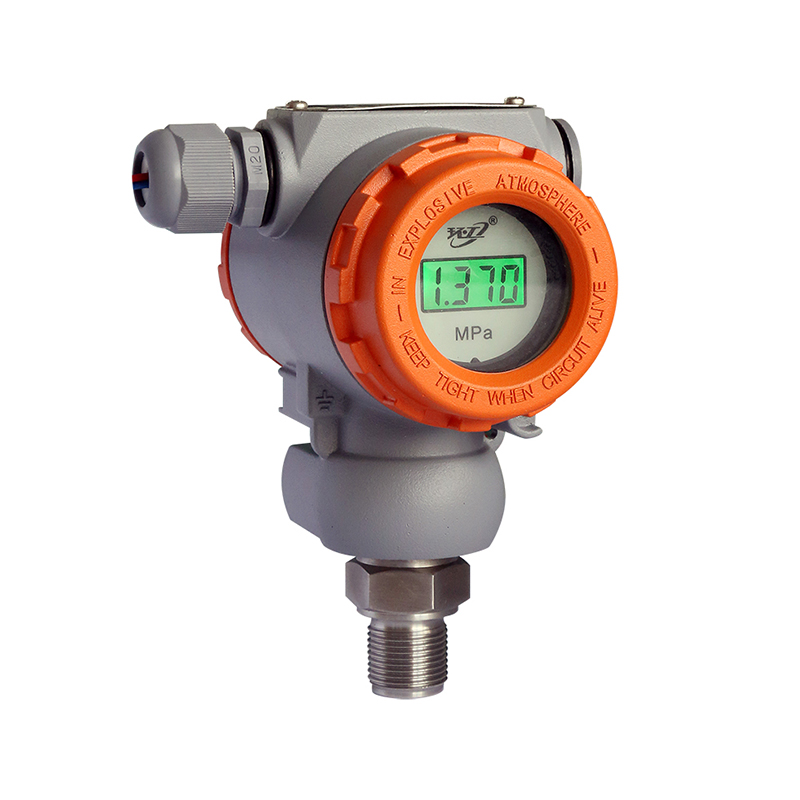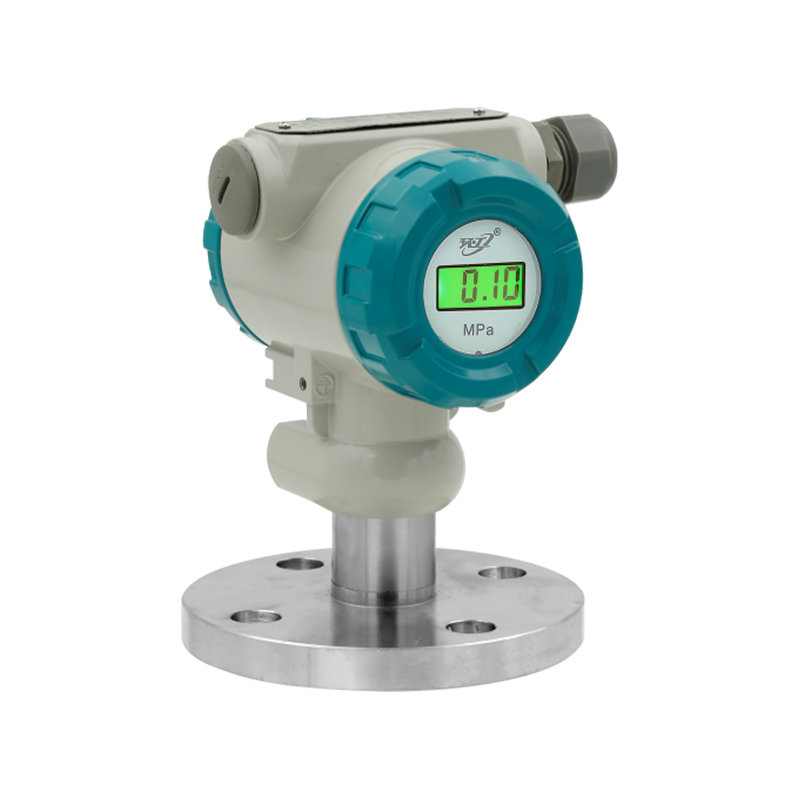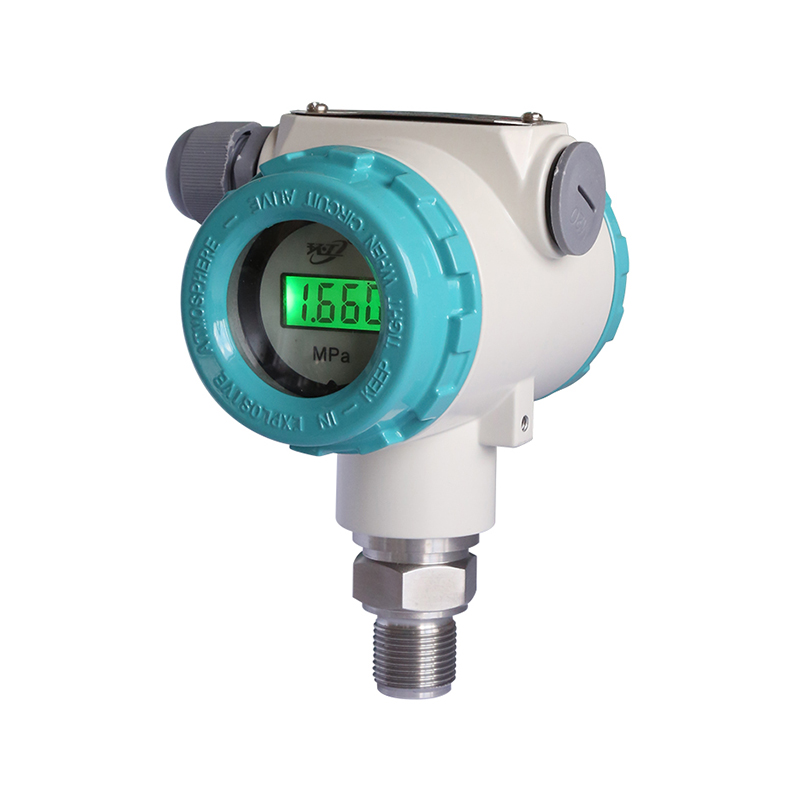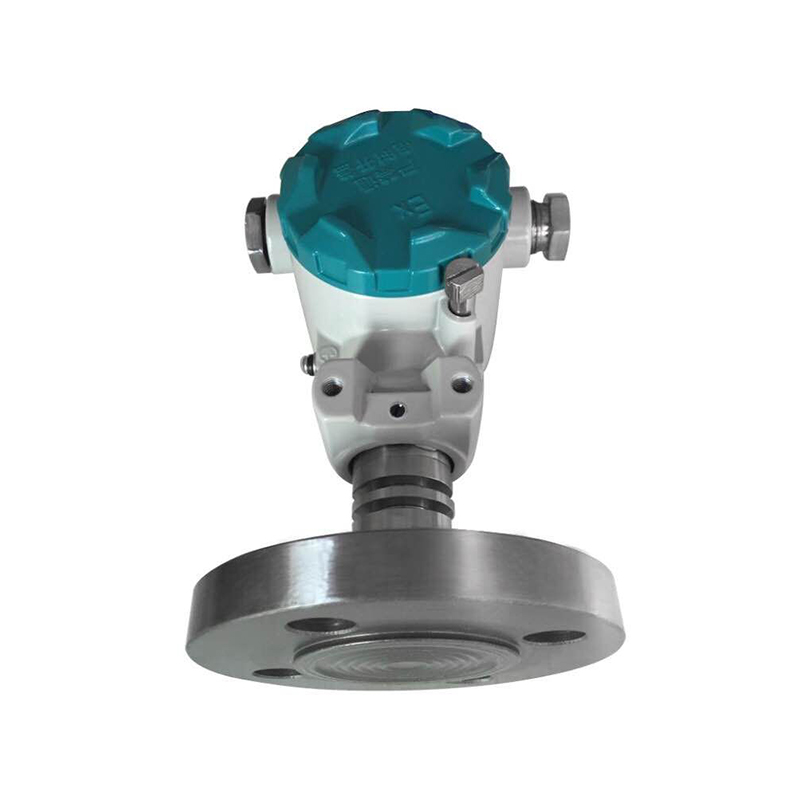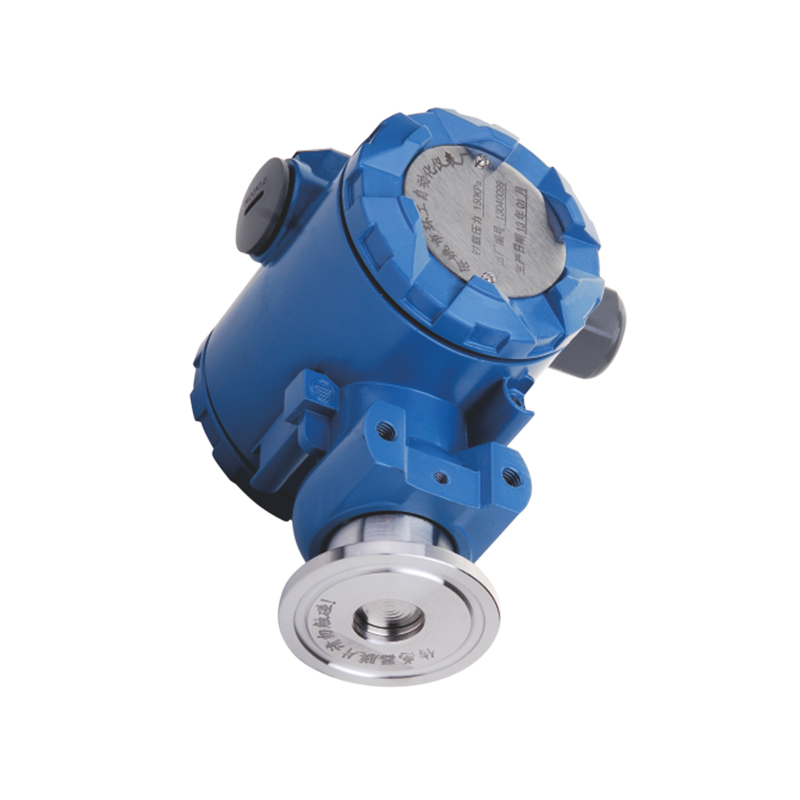Liquid level transmitters typically measure the pressure exerted by the liquid column above them. The pressure exerted by a liquid column depends on its density and height. However, density and viscosity variations in the substance being measured can affect the accuracy of level measurement. Here's how liquid level transmitters handle these changes:
Compensation Algorithms: Liquid level transmitters employ advanced compensation algorithms that leverage complex mathematical models to counteract the effects of density or viscosity variations in the measured substance. These algorithms utilize calibration data obtained through rigorous testing across a spectrum of densities and viscosities. By analyzing this data, the transmitter can dynamically adjust its measurements to compensate for changes in the substance's physical properties. These algorithms often incorporate sophisticated signal processing techniques, such as neural networks or adaptive filters, to continuously optimize measurement accuracy in real-time.
Calibration: Calibration is a crucial process wherein liquid level transmitters are adjusted to align their output with known reference standards. For applications susceptible to density or viscosity variations, calibration becomes particularly vital. During calibration, technicians meticulously adjust the transmitter's settings to accurately reflect the unique properties of the substance being measured. This process may involve fine-tuning parameters such as zero point offset, span adjustment, and sensor sensitivity to ensure precise level measurement across the entire operating range. Regular calibration intervals are essential to maintain measurement accuracy over time, with calibration records meticulously documented to adhere to regulatory standards and industry best practices.
Temperature Compensation: Temperature fluctuations exert significant influence on the density and viscosity of liquids, posing challenges to accurate level measurement. Liquid level transmitters address this issue through sophisticated temperature compensation mechanisms. These mechanisms integrate precision temperature sensors within the transmitter assembly to continuously monitor the thermal dynamics of the measured substance. By incorporating temperature compensation algorithms, the transmitter can dynamically adjust its measurements to account for temperature-induced variations in density and viscosity. This proactive approach ensures consistent measurement accuracy, even in environments characterized by wide temperature swings.
Continuous Monitoring and Adjustment: Liquid level transmitters equipped with continuous monitoring capabilities offer unparalleled responsiveness to changing process conditions. Through constant surveillance of key parameters such as temperature, pressure, and substance characteristics, these transmitters autonomously adapt their measurements to maintain optimal accuracy. Real-time data acquisition and processing facilitate instantaneous adjustments, allowing the transmitter to seamlessly compensate for fluctuations in density or viscosity. Advanced diagnostic features enable early detection of anomalies, triggering proactive maintenance interventions to ensure uninterrupted operation. By embracing a proactive approach to measurement management, these transmitters empower operators to optimize process efficiency while mitigating the risk of costly downtime.
PB8600 submersible level transmitter
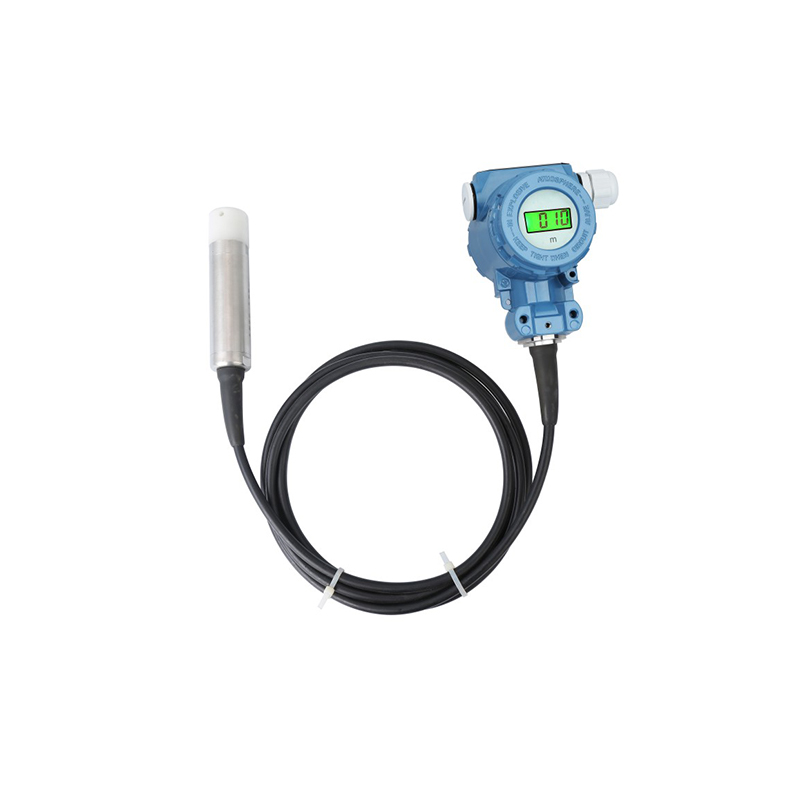


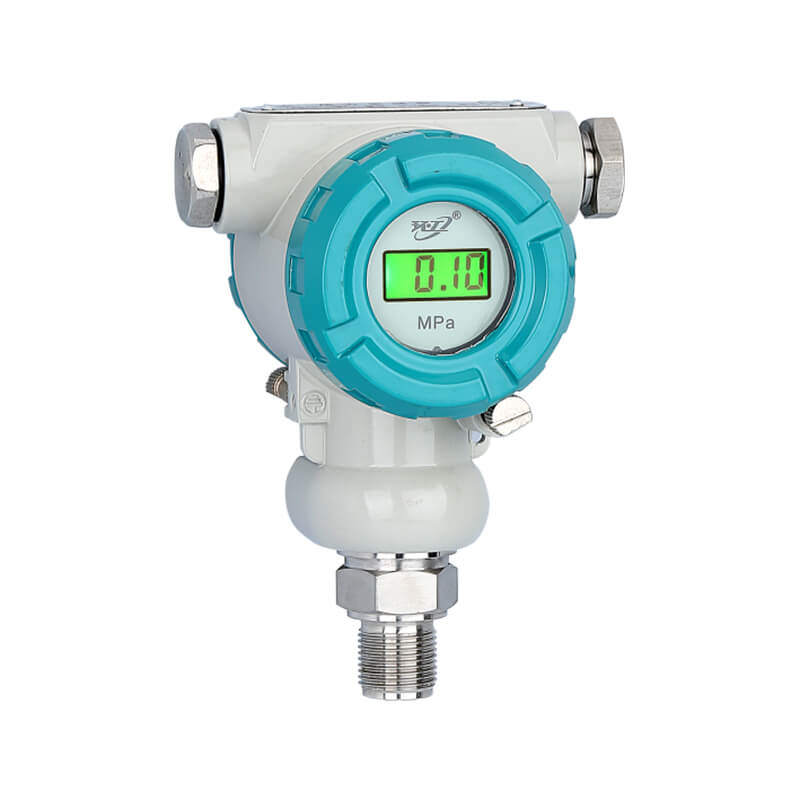
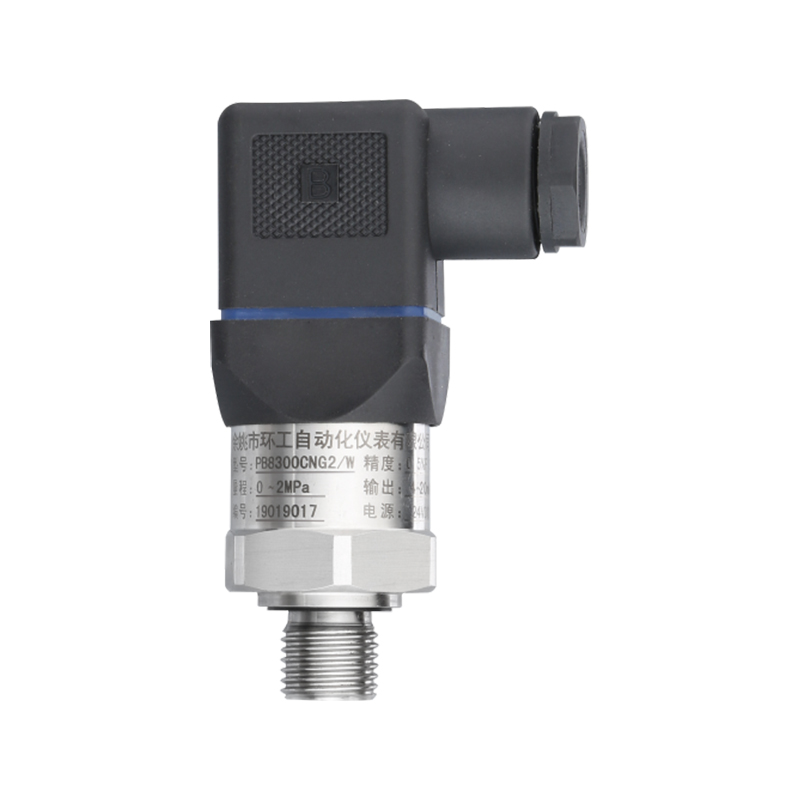
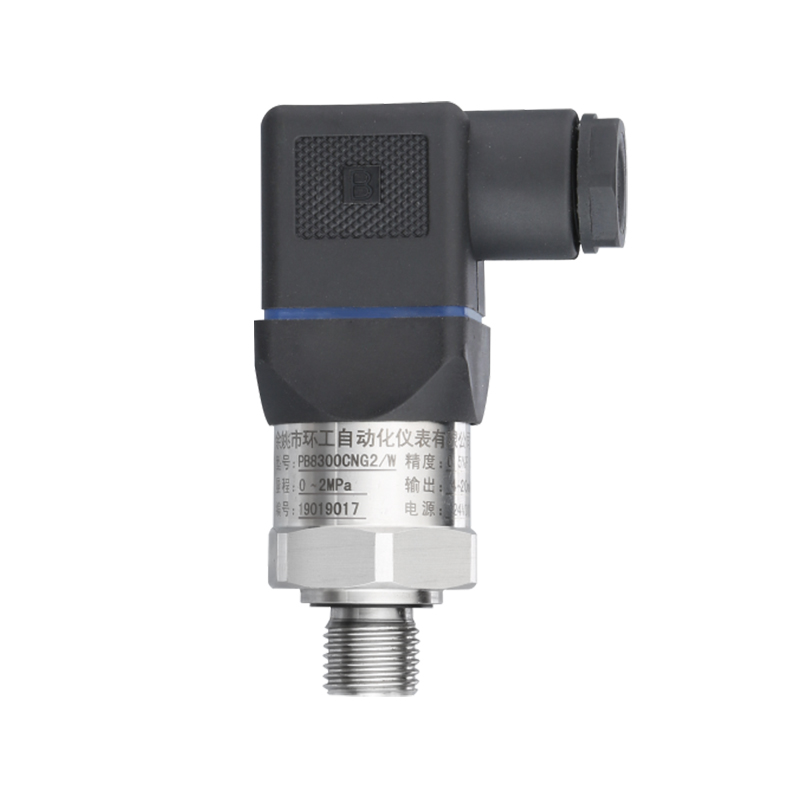
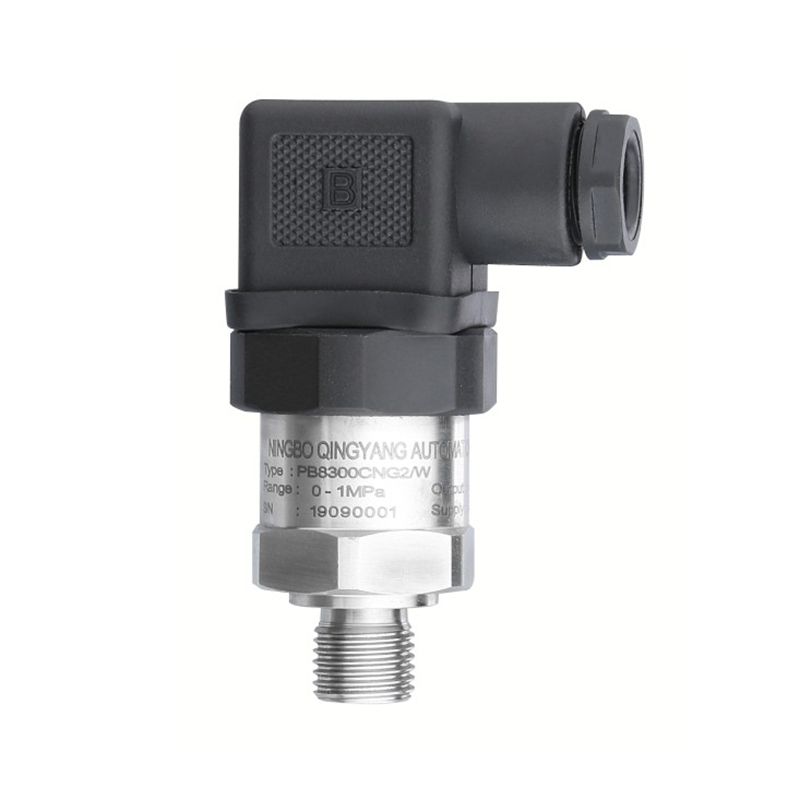
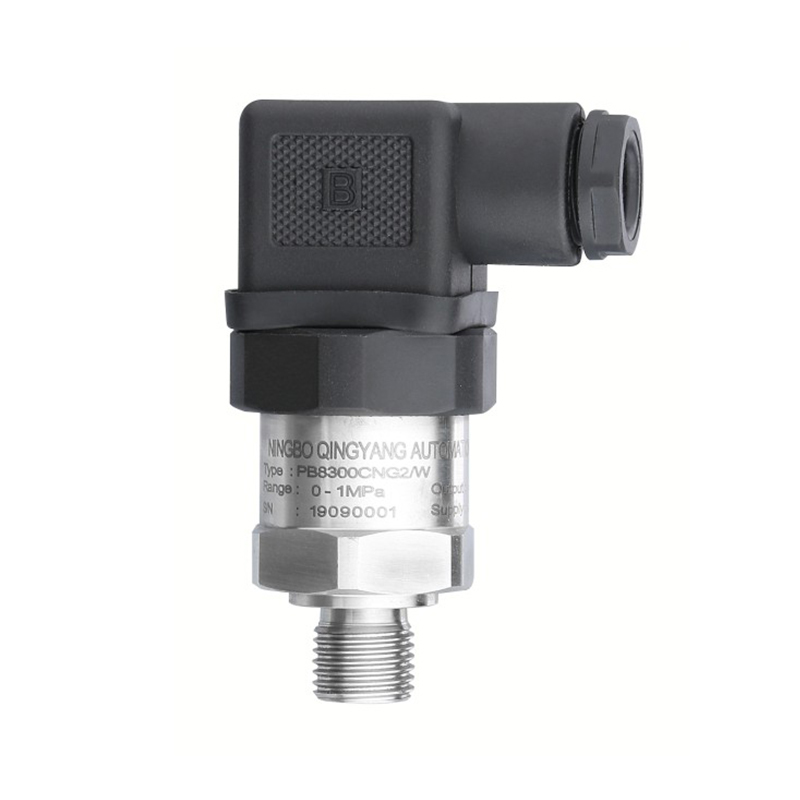
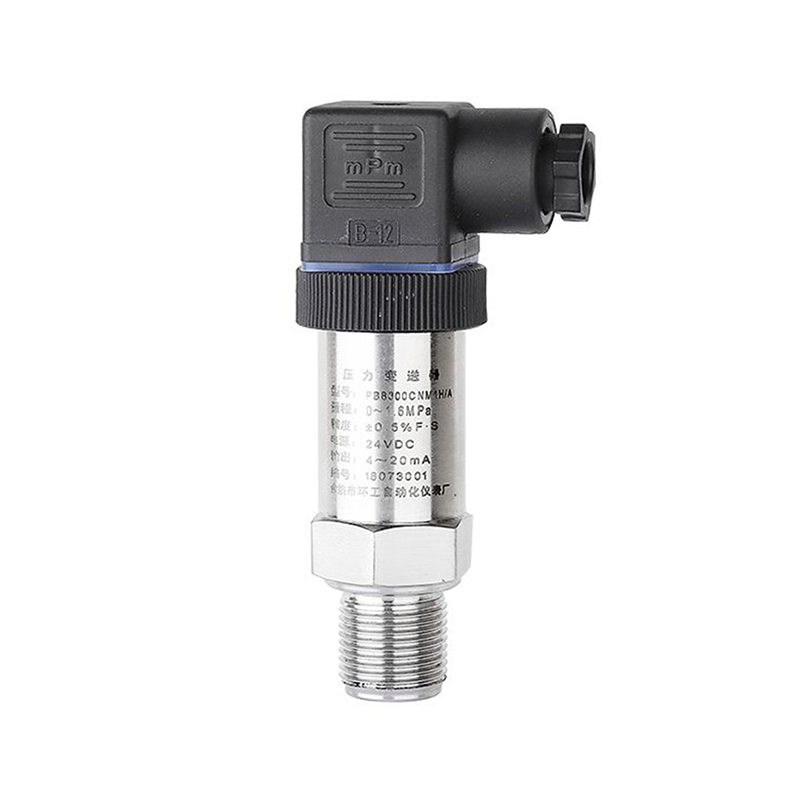
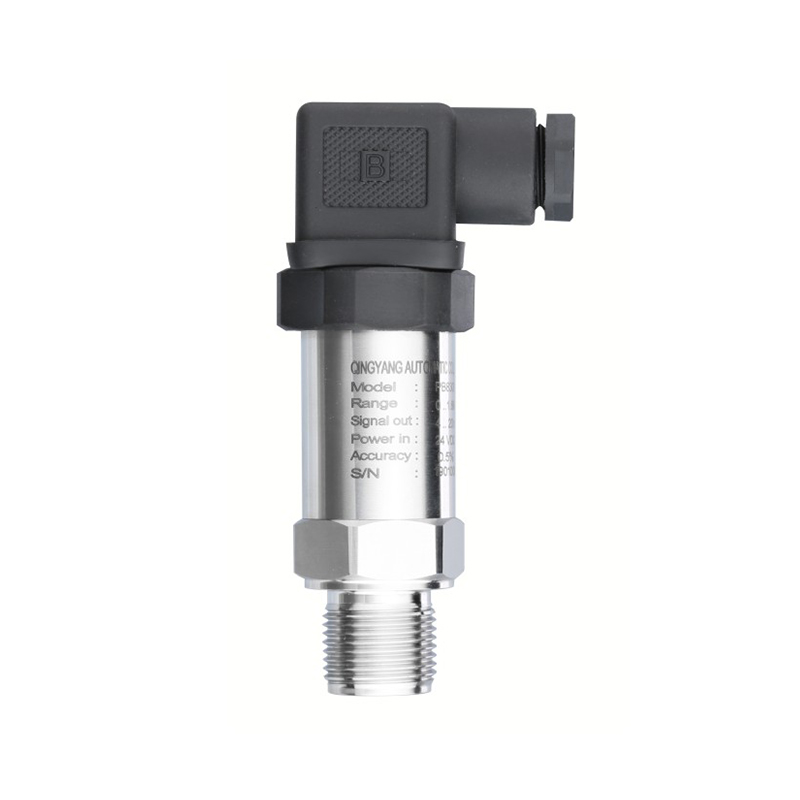
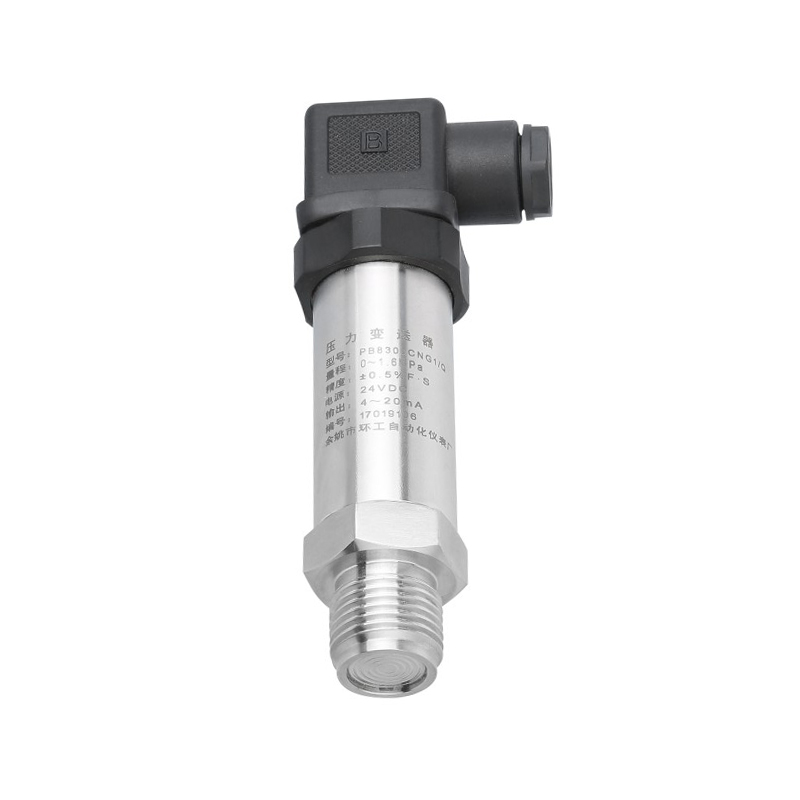
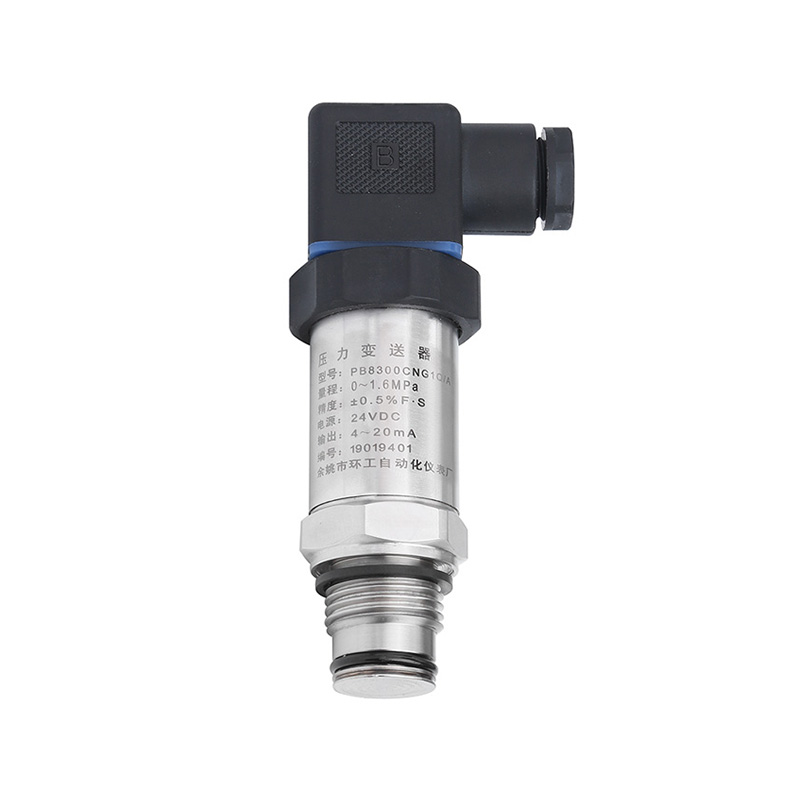
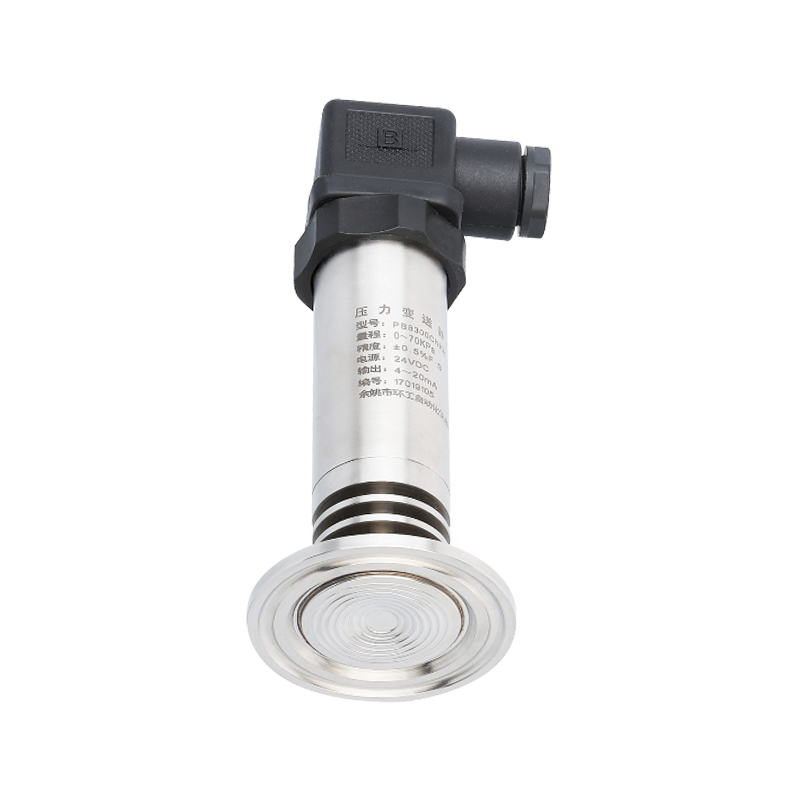
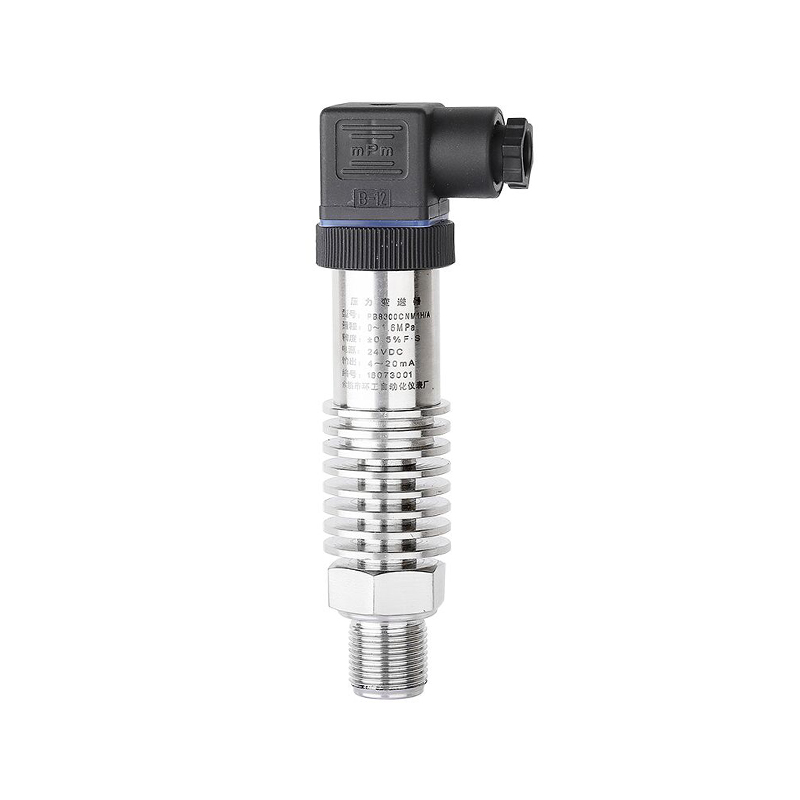
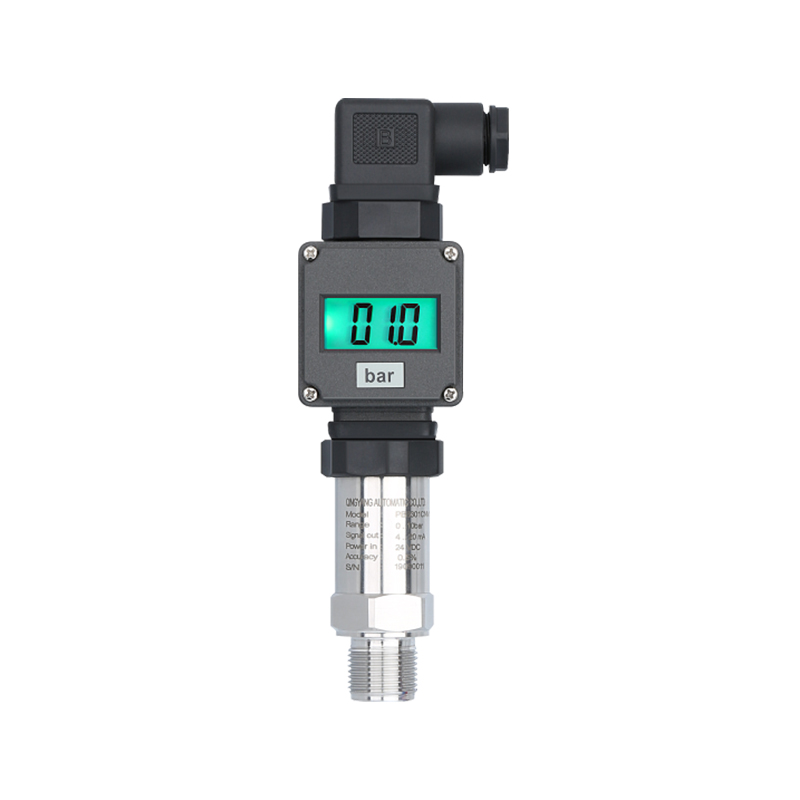
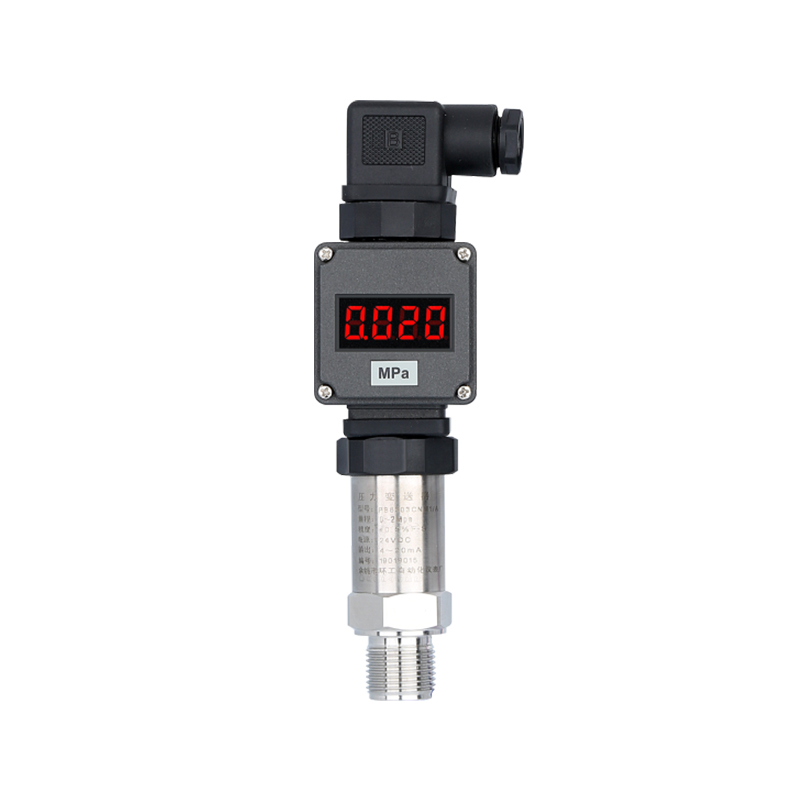
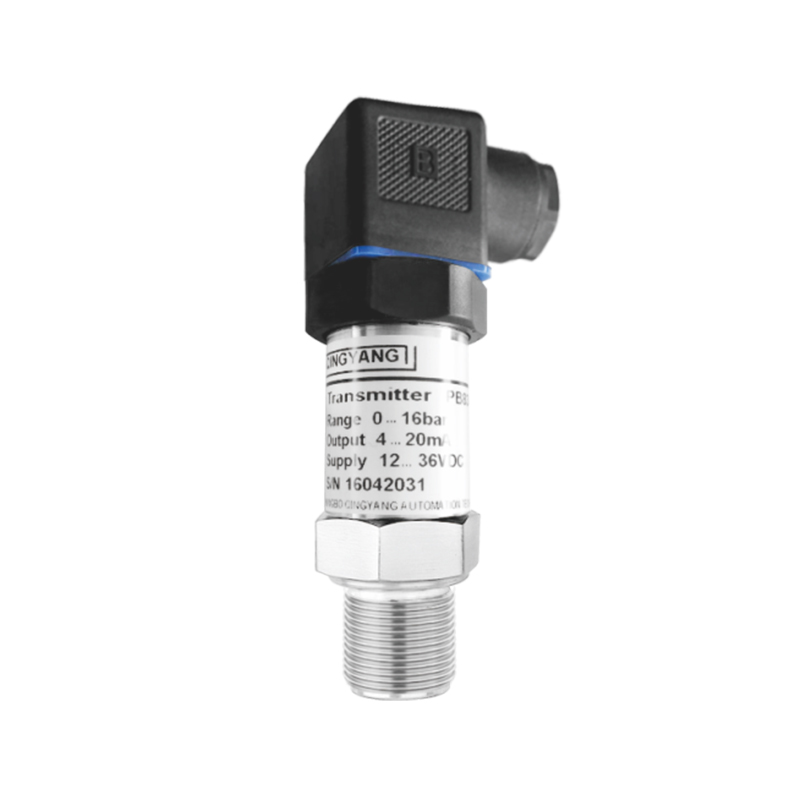
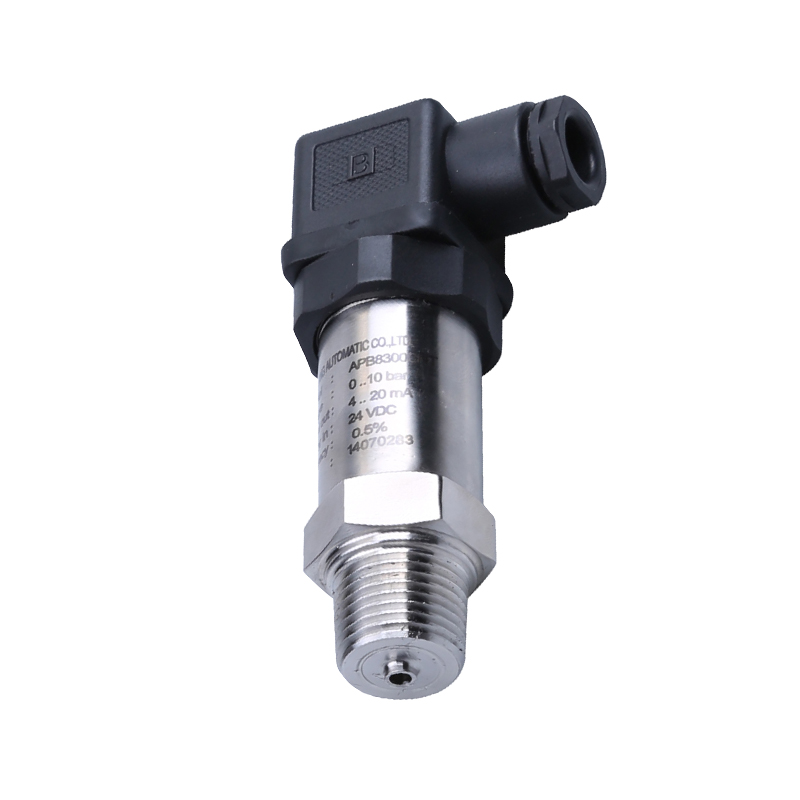
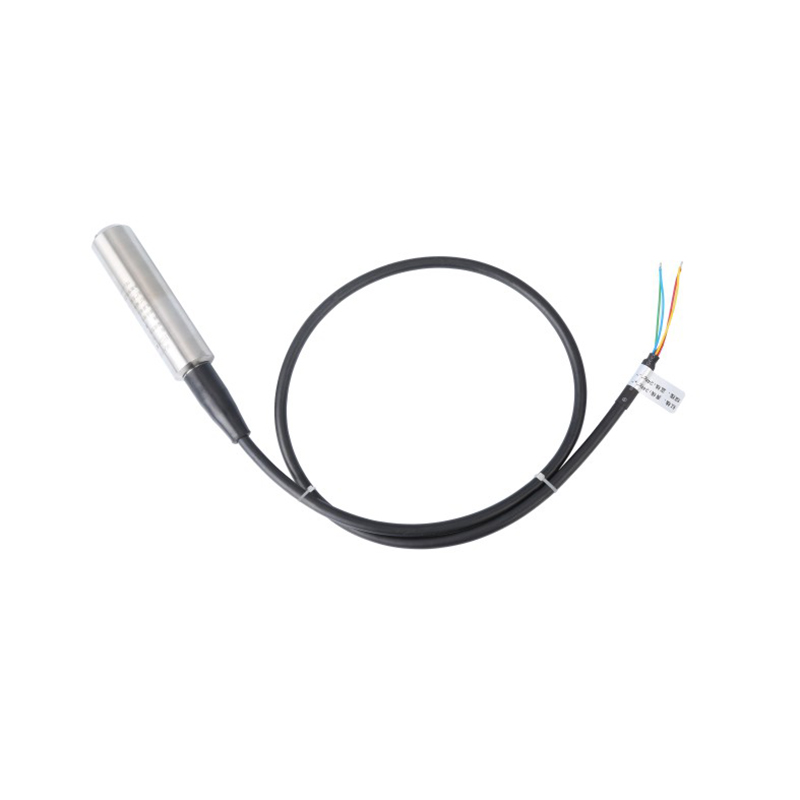
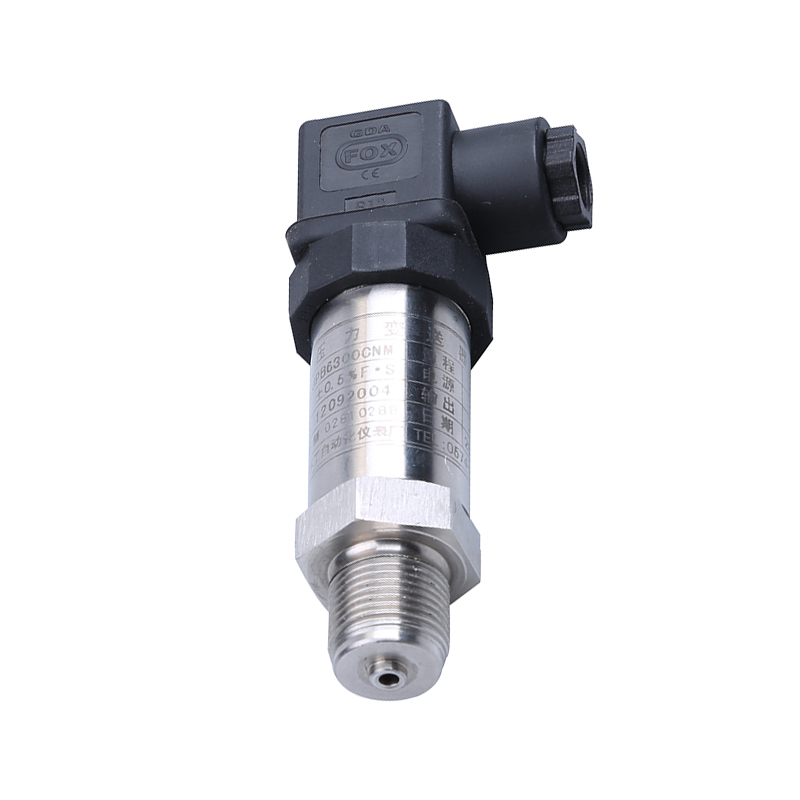
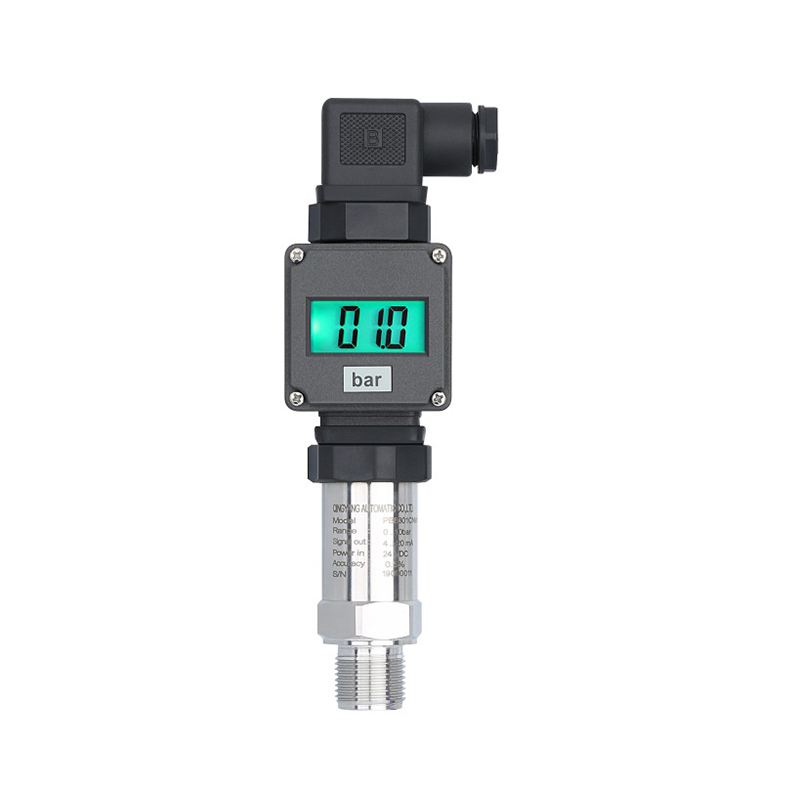
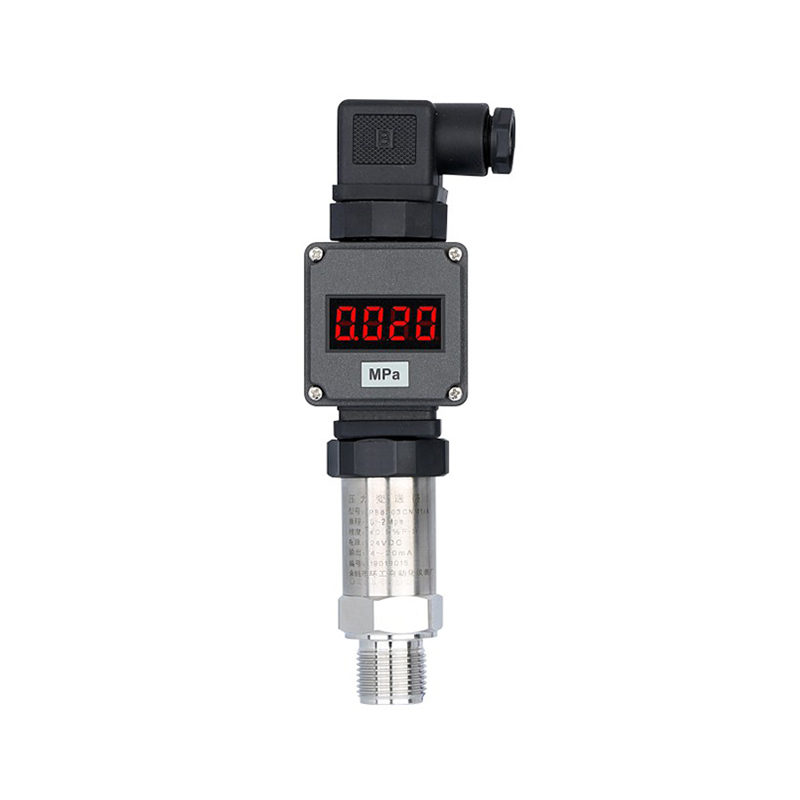
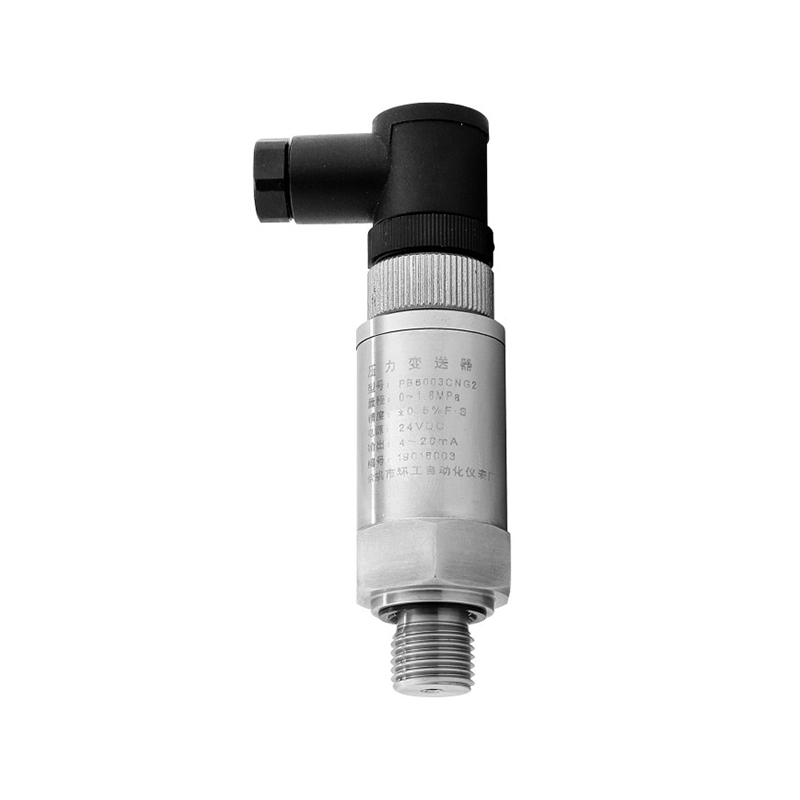

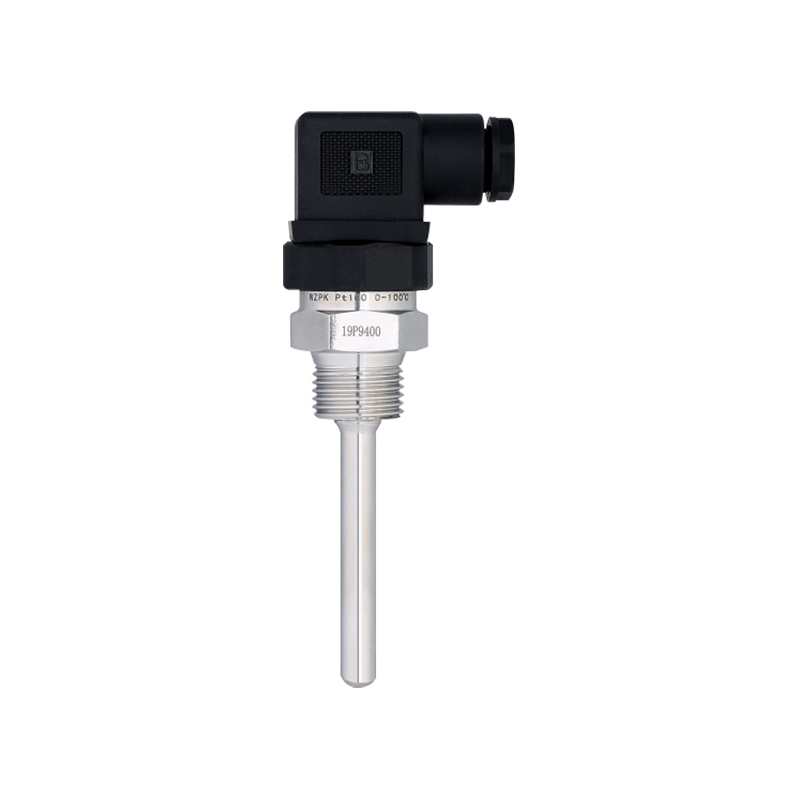
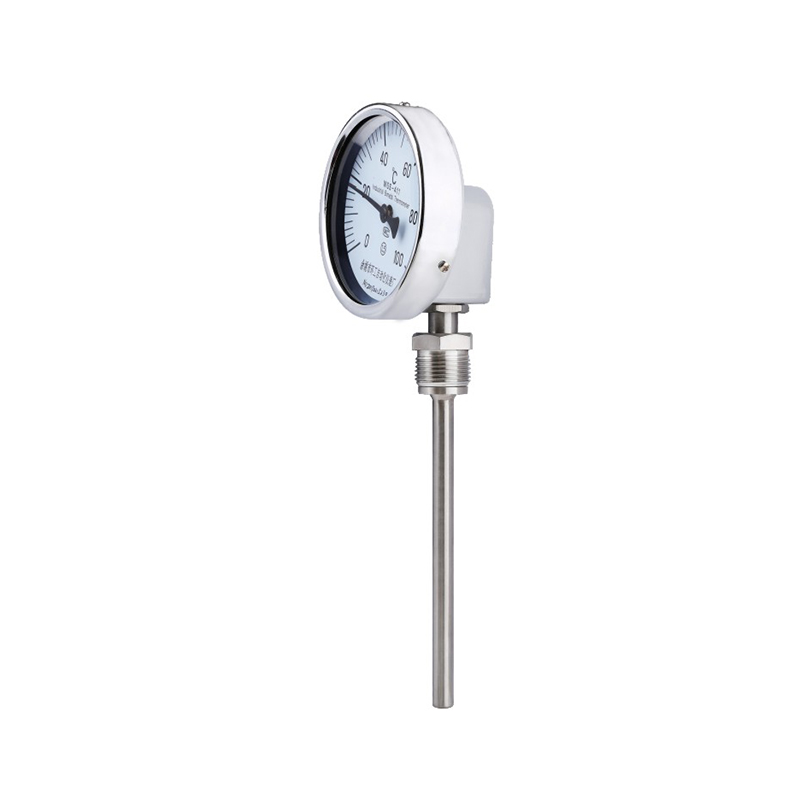
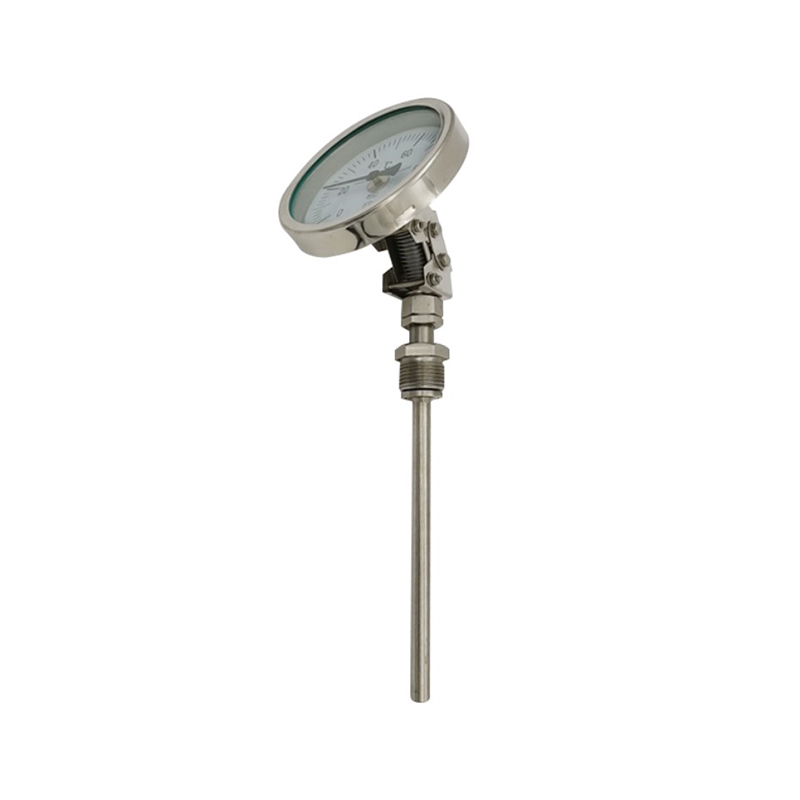
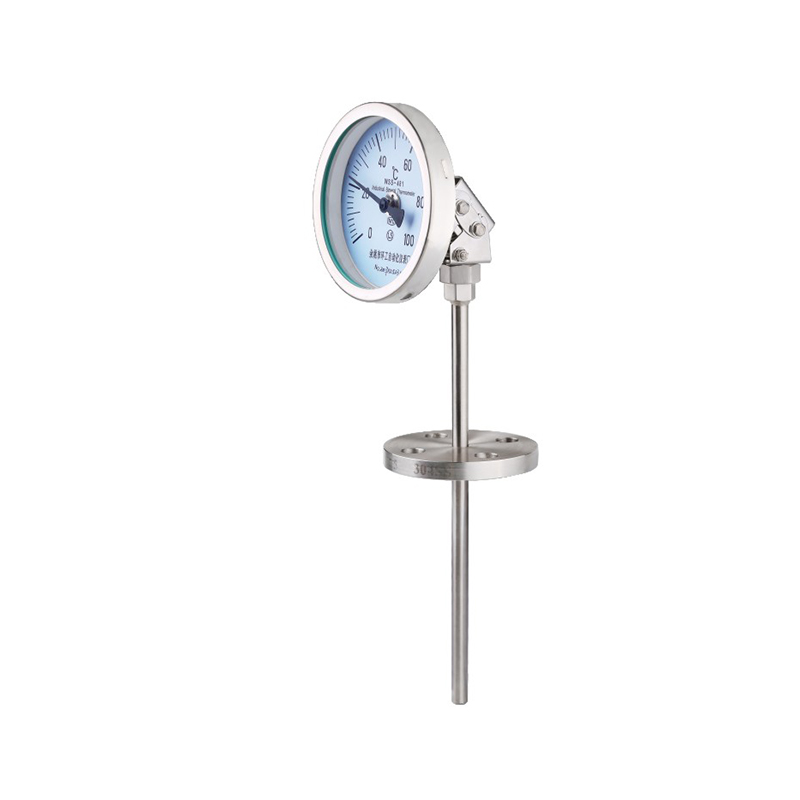
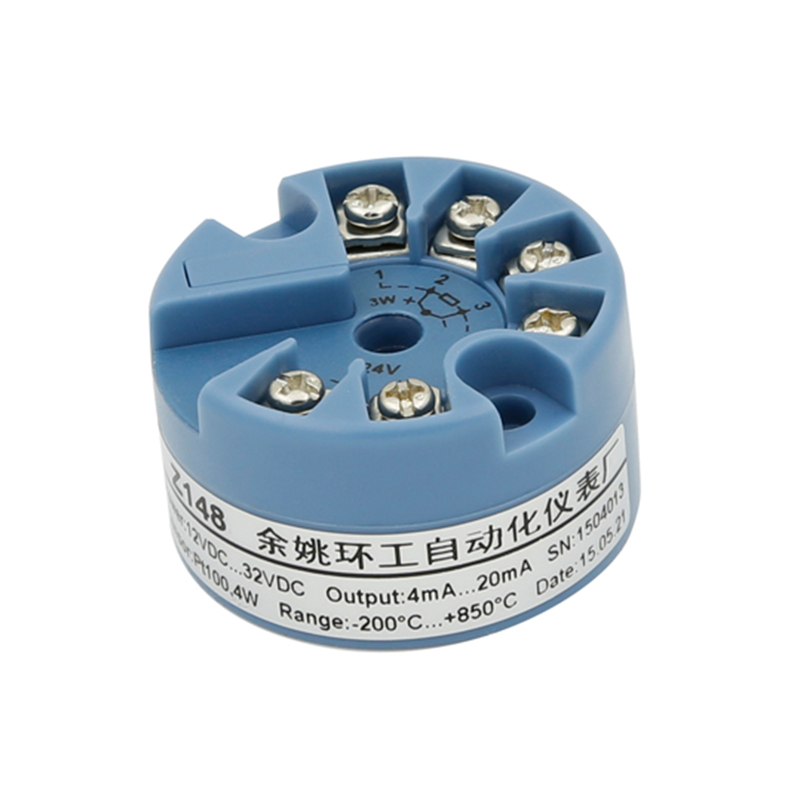
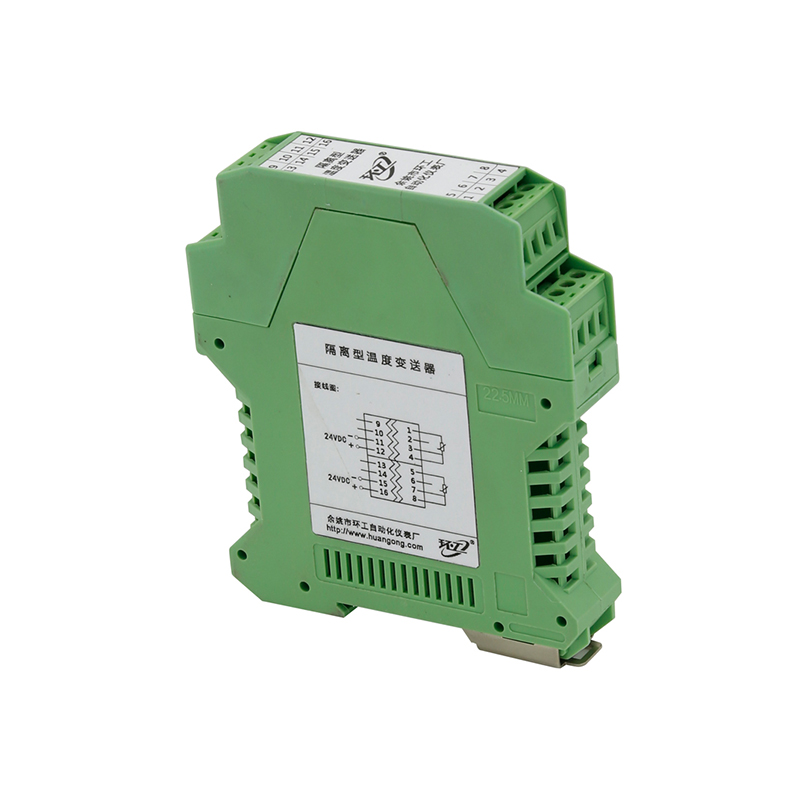
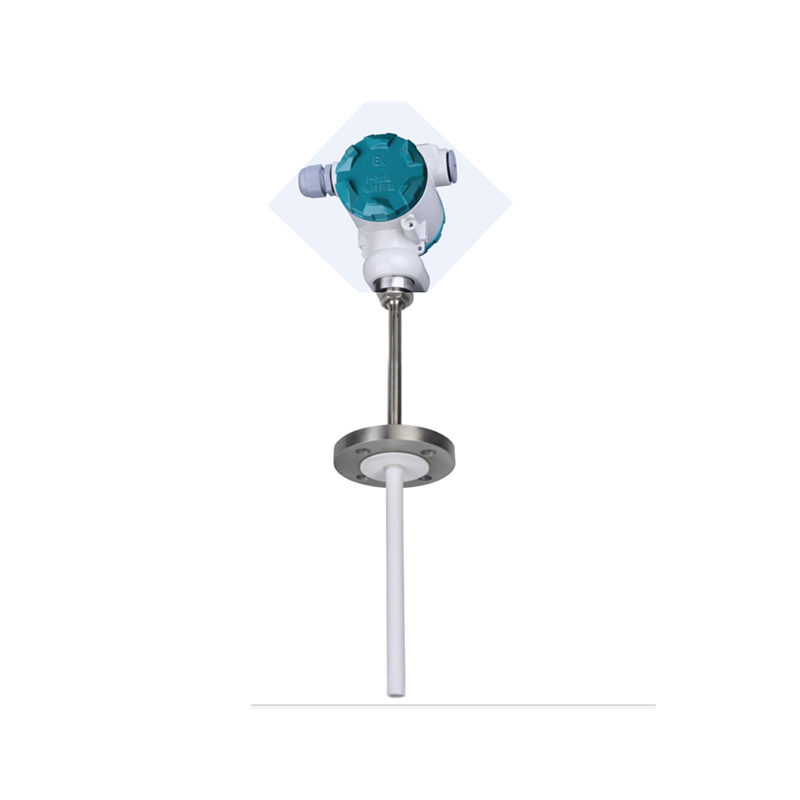












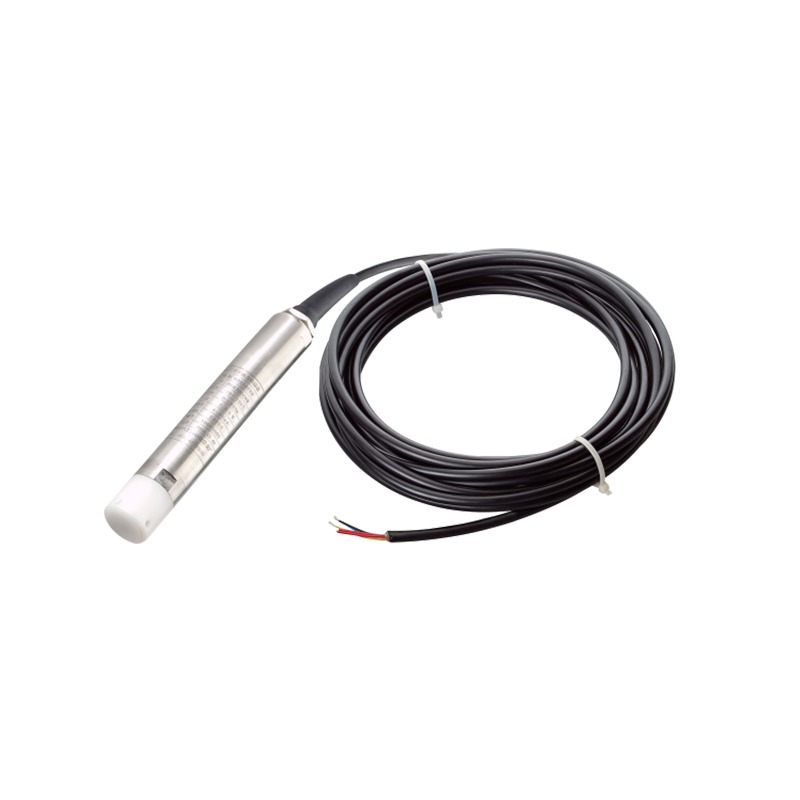
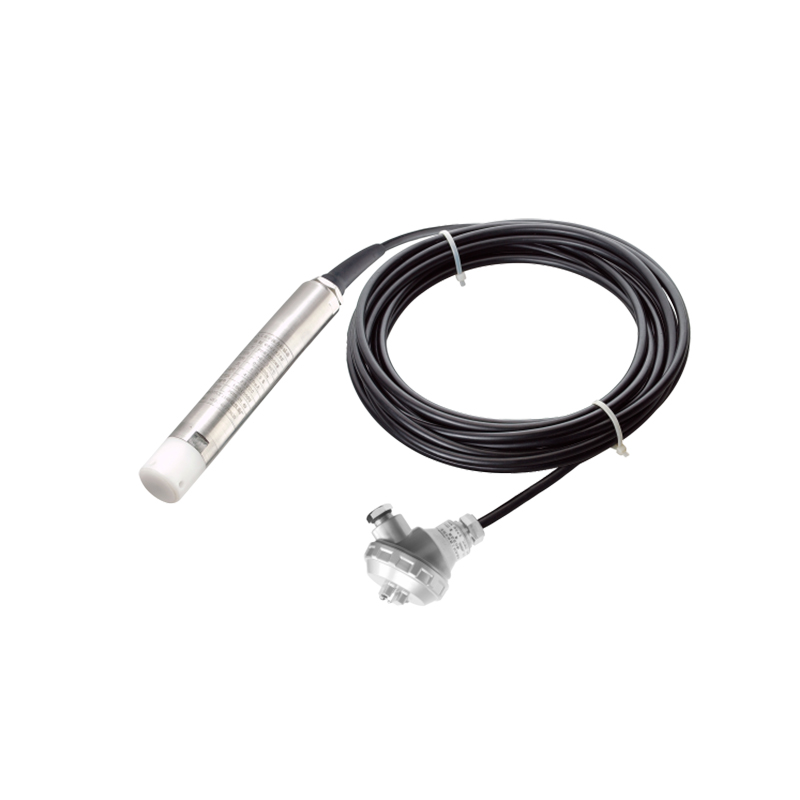










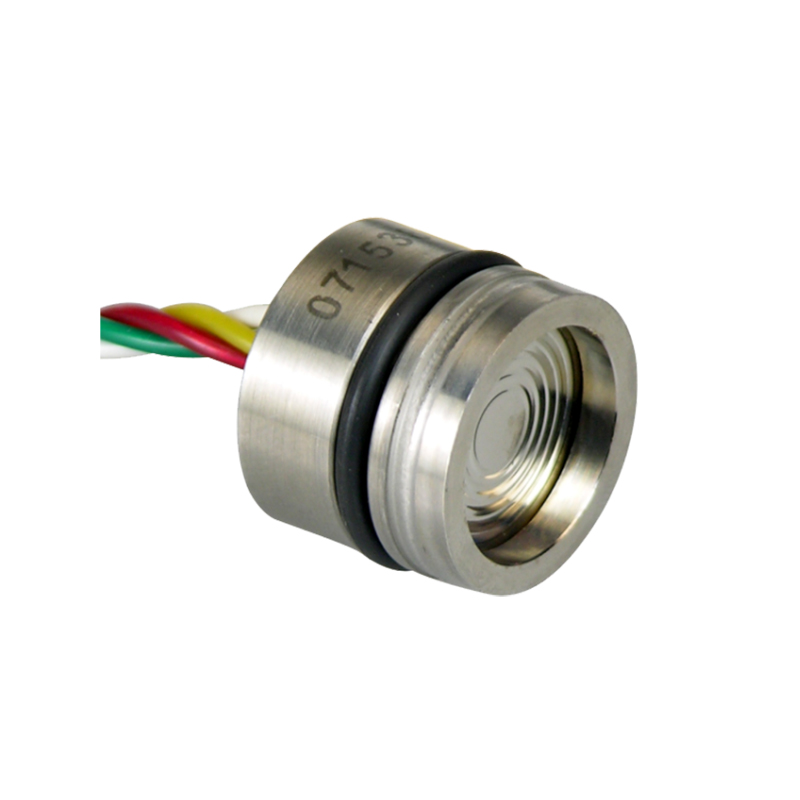
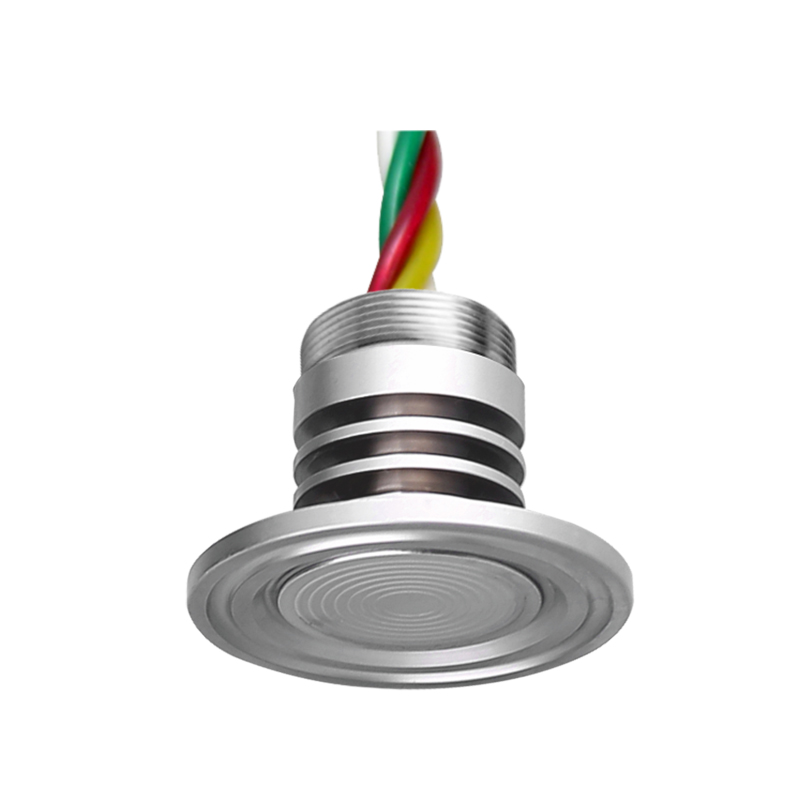
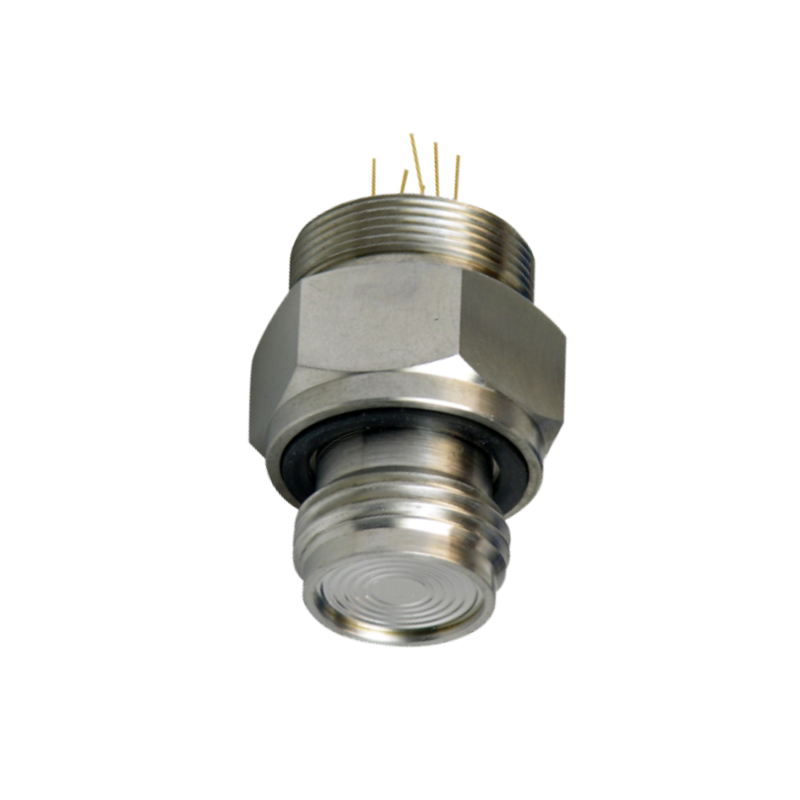
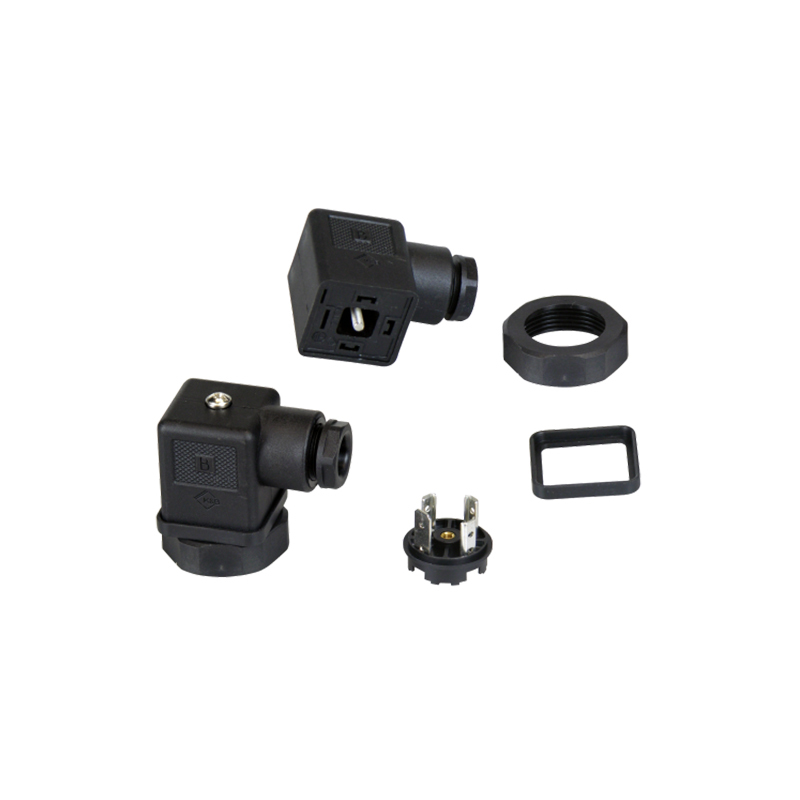
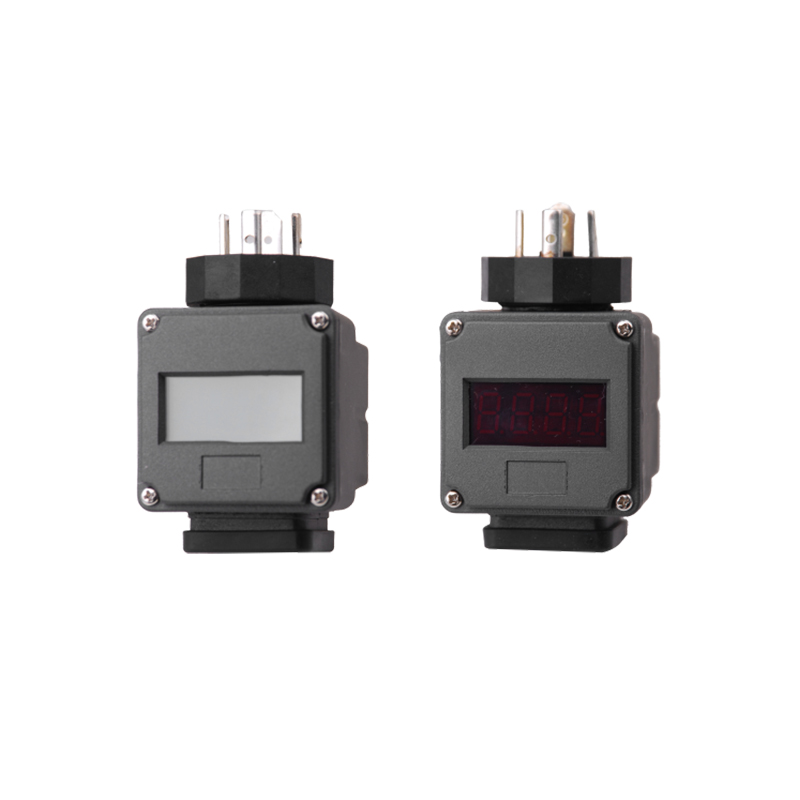
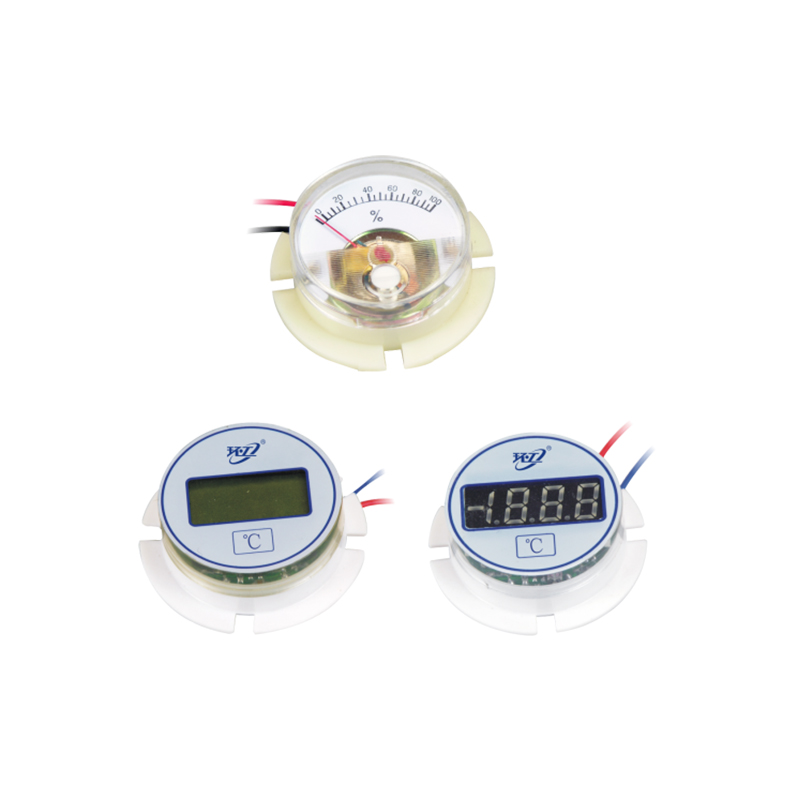
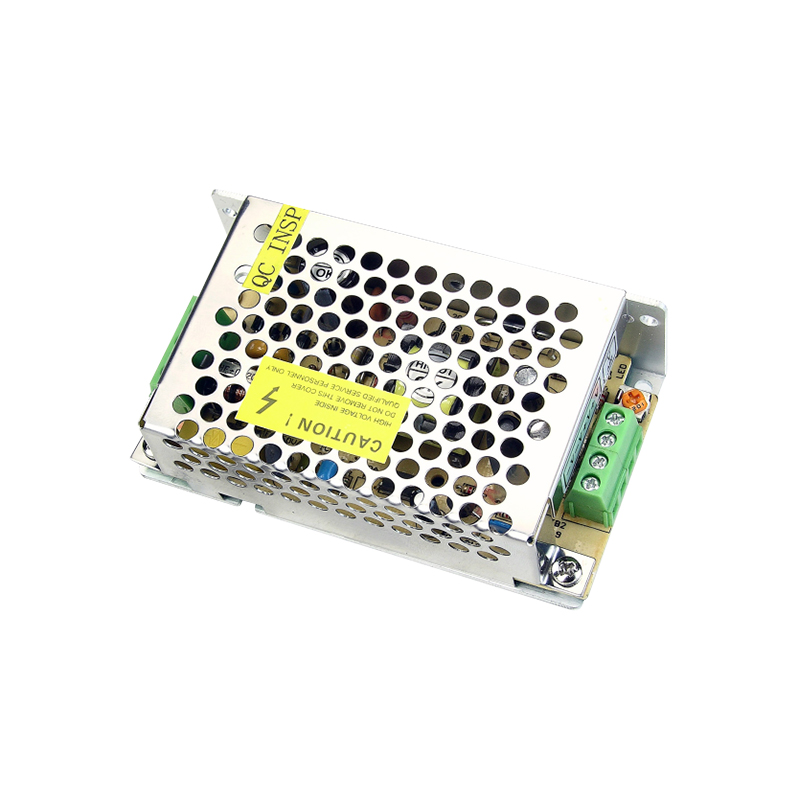
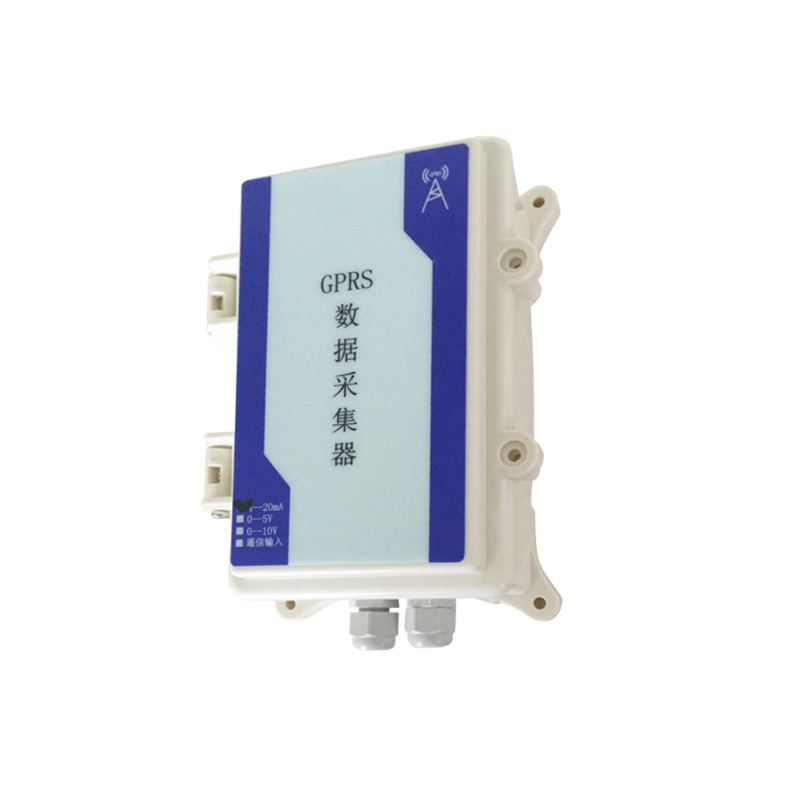
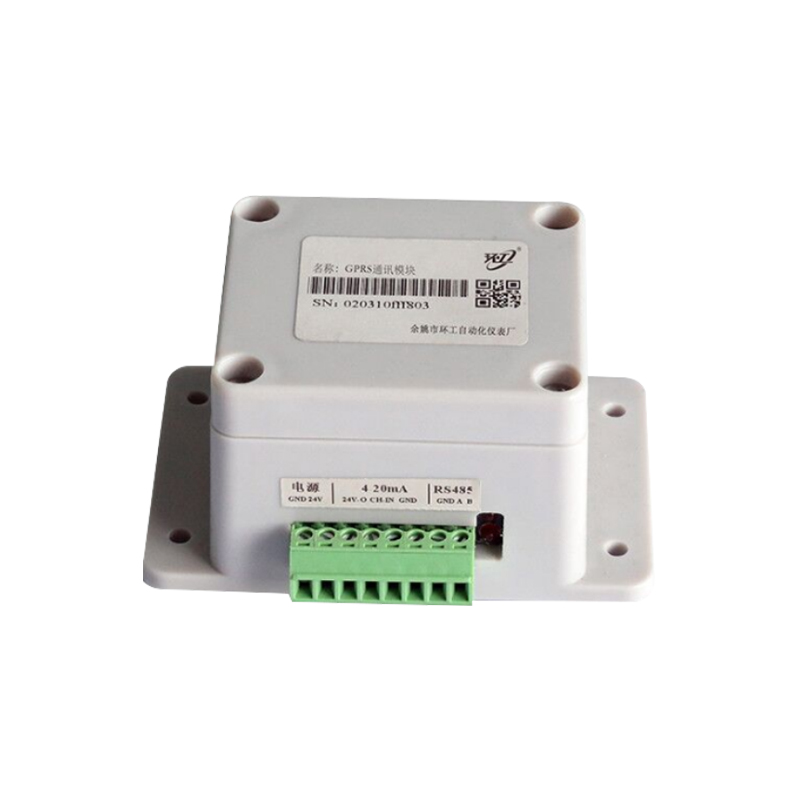


 English
English русский
русский